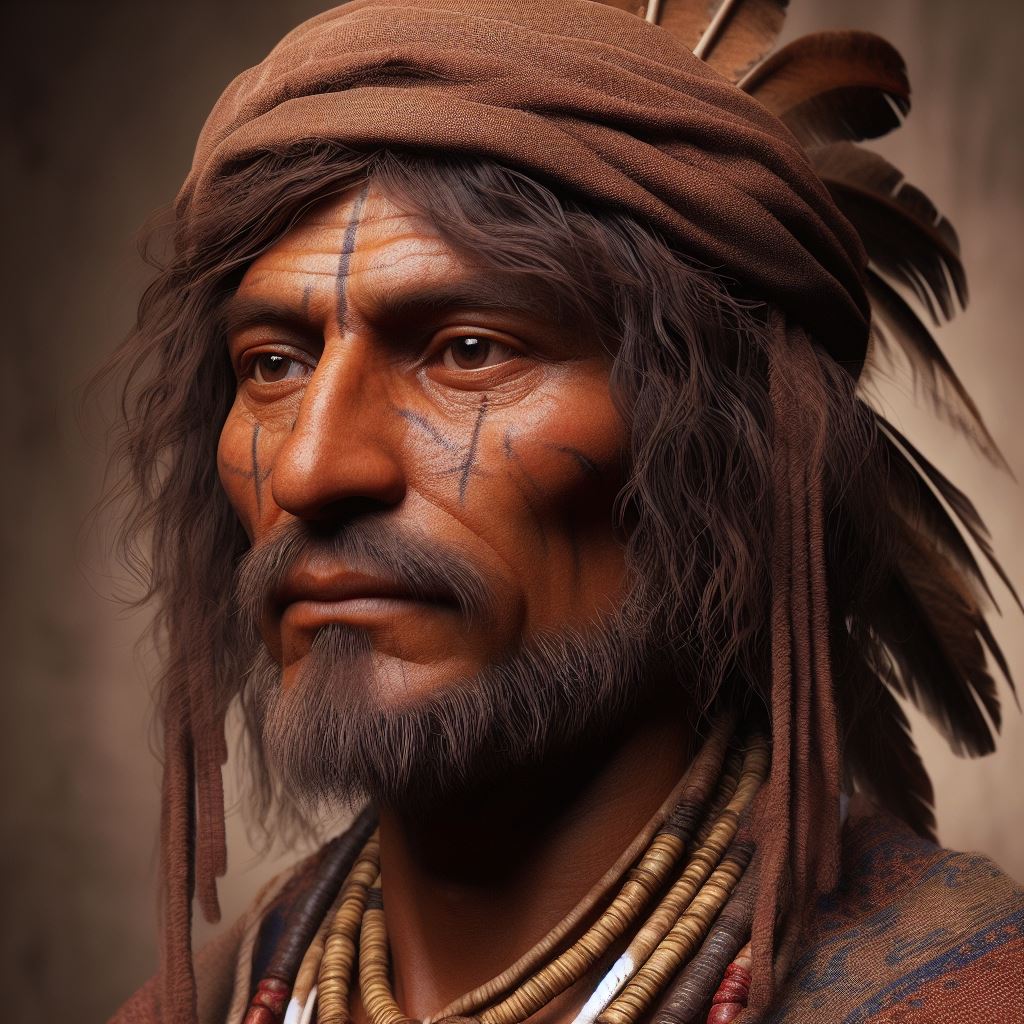The history of Burbank, nestled in the heart of the San Fernando Valley, is rich and complex, woven with the threads of countless lives and cultures that have called this area home. The land, known for its lush scenery and strategic location, has been a site of continuous human habitation for millennia, with its original stewards purportedly being the Tongva people before the arrival of European settlers.
Today, as Burbank thrives as a hub of entertainment and urban living, a deep irony unfolds. The descendants of the Tongva now seek reparations, a gesture towards rectifying the past’s injustices. But history is seldom straightforward. Emerging evidence suggests that the Tongva, whom some regarded as the original inhabitants, may have themselves displaced earlier communities. The lands of Burbank, with their strategic importance, have likely seen many such transitions over the ages.
Archaeological findings propose that the Tongva ancestors, Uto-Aztecan-speaking people, migrated from what is now Nevada into Southern California approximately 3,500 years ago. These early settlers, according to the model presented by archaeologist Mark Q. Sutton, either assimilated or displaced the Hokan-speaking populations that preceded them. By 500 AD, it is estimated that the Tongva had established themselves across the region, though the extent and nature of this occupation are subjects of ongoing scholarly debate.
The linguistic tapestry of the area during the mission era further complicates the narrative. In 1811, Mission San Gabriel’s records indicate the presence of at least four distinct languages: Kokomcar, Guiguitamcar, Corbonamga, and Sibanga. Concurrently, three separate languages were documented at Mission San Fernando. These records hint at a diverse cultural landscape, where multiple linguistic groups coexisted, interacted, and influenced one another.
Don Laylander, an archaeologist and expert in the prehistory of Southern California, has contributed a significant model to this discussion. Laylander suggests that the Hokan-speaking groups occupied the Southern California coast before 6000 BP (Before Present). The arrival of Takic-speaking people, ancestors of the Tongva, would have resulted in the displacement and absorption of these unknown Hokan communities, thereby initiating a new chapter in the region’s history.
This story of Burbank and its original inhabitants invites reflection on the nature of history itself. It is a reminder that the past is not a single narrative but a mosaic of human experiences. As we contemplate the calls for reparations, we are confronted with the complexities of historical legacy and the recognition that the land we stand on has been home to a succession of communities, each with their own stories, struggles, and legacies.
The Tongva’s claim to the land and their quest for reparations is not merely a matter of acknowledging a historical wrong. It is about understanding the intricate layers of human occupation, movement, and the often tumultuous nature of cultural evolution. The history of Burbank thus becomes a microcosm of the greater human story—one of migration, cohabitation, and the ceaseless march of time that ushers in new eras while echoing the past.
People and Language: Defining the Takic Expansion into Southern California by Mark Q. Sutton

